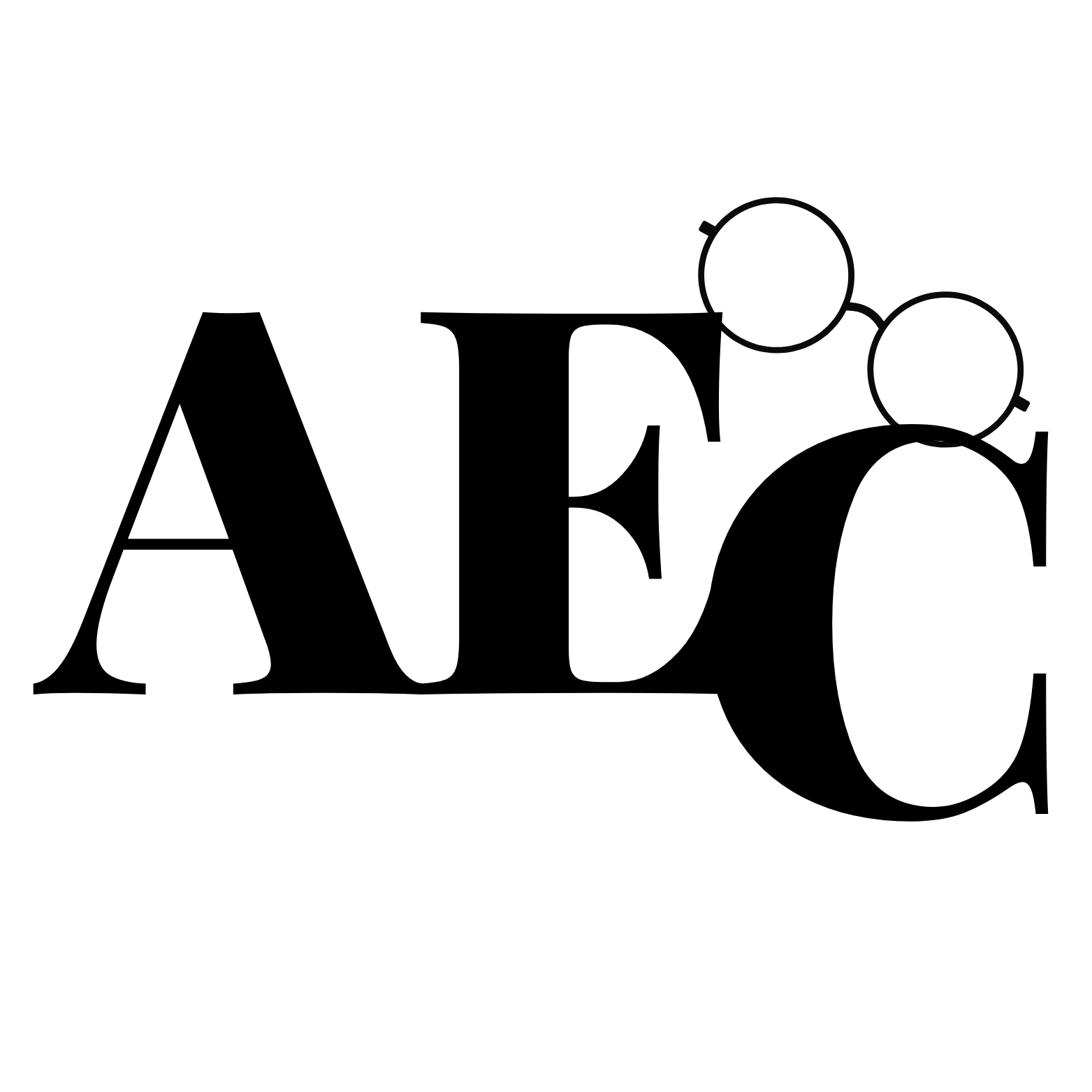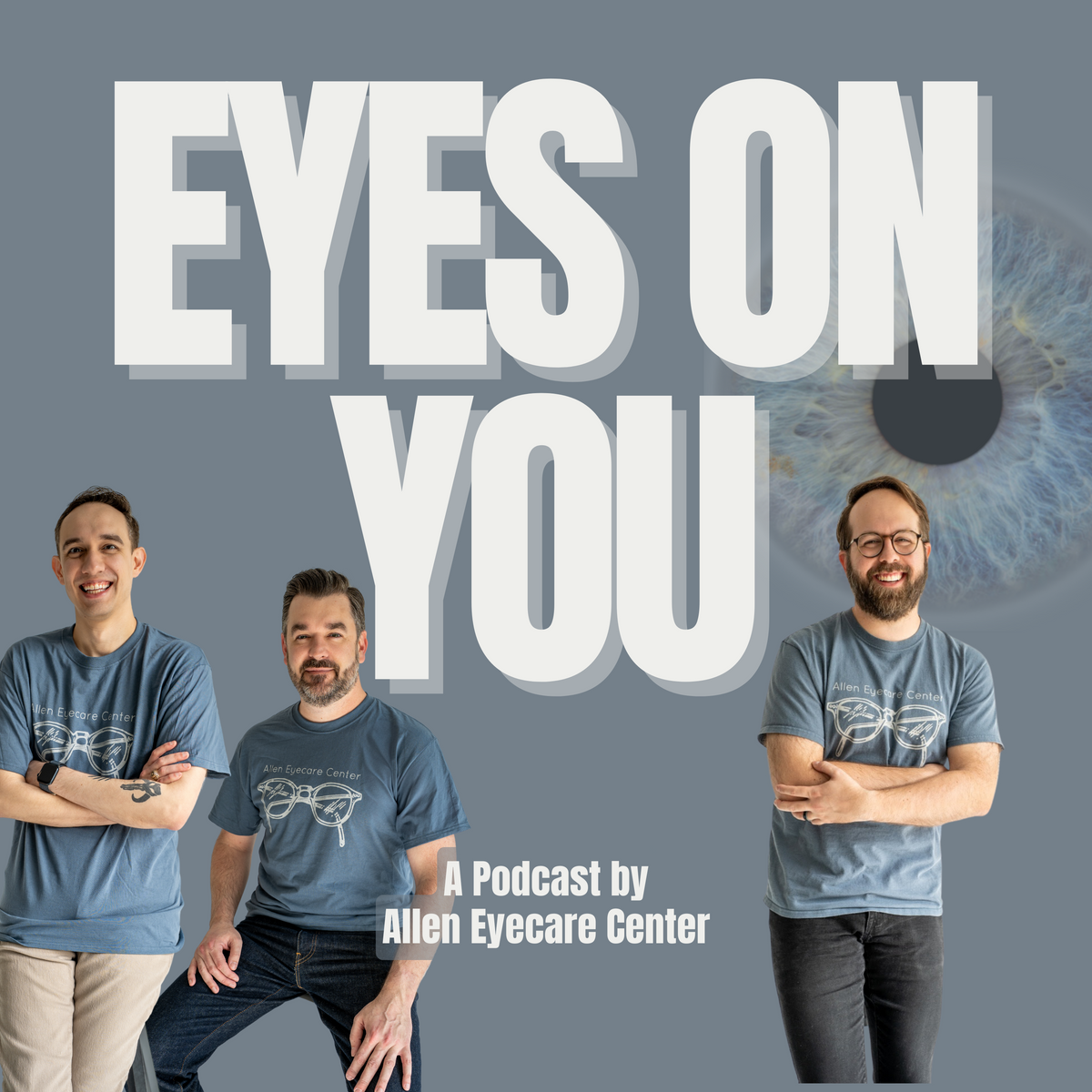Welcome to Eyes On You, the official podcast of Allen Eyecare Center, where we talk about all things vision, wellness, and the stories that shape how we see the world. In our latest episode, Dr. Corey Toufar joins Dylan, our lead Optometric Technician, to break down one of the biggest concerns among modern parents: myopia (a.k.a. nearsightedness) and how screen time plays a major role in its progression.
🎧 Prefer to listen instead?
You can catch the full conversation in Episode 3 of the Eyes On You Podcast—now on spotify
What Is Myopia and Why Is It Getting Worse in Kids?
Dr. Toufar explains that myopia is more than just blurry distance vision—it’s also about how the eye grows over time. And that growth can put strain on the retina, increasing long-term risks like retinal detachment, eye disease, or even vision loss later in life.
What’s causing the spike? Simple:
-
More indoor time
-
Increased screen usage
-
Less outdoor activity
These factors all send growth signals to the eye that make the condition worse—fast.
Is It Dangerous to Just "Update the Glasses" Every Year?
Here’s the tough truth: yes.
Updating glasses without addressing myopia progression is like patching a leak without fixing the pipe. It may work short-term, but it increases the risk of lifelong complications. It can also make future treatments like LASIK harder—or even impossible.
How Allen Eyecare Center Treats Myopia Progression
The good news? You’re not powerless. Dr. Toufar walks us through three science-backed treatment options available right here in Allen, TX:
-
MiSight Daily Contact Lenses
FDA-approved soft lenses that children wear during the day. These lenses provide a special treatment zone that slows down eye growth.
-
Ortho-K (Orthokeratology) Hard Lenses
Worn overnight and removed in the morning, these lenses reshape the front of the eye while your child sleeps—providing crystal clear vision without daytime contacts or glasses.
-
Atropine Eye Drops
A low-dose medicated drop used at bedtime to help relax the focusing system of the eye and reduce progression.
Dr. Toufar has helped patients drop from -1.00 diopter per year to virtually zero using these methods—and some cases combine more than one treatment for maximum effect.
When Should My Child Start Myopia Management?
Any child who is nearsighted is a candidate. The earlier, the better—especially between ages 8–13, when changes happen fastest.
Even teens and college students can benefit. If you’ve noticed your child’s prescription increasing every year, or if they’re starting to squint, avoid night driving, or complain of blurry vision—it’s time to act.
How to Protect Your Child’s Vision Starting Now
Here’s what Dr. Toufar recommends for every family:
-
30–60 minutes of outdoor time daily
-
Frequent breaks during screen time (every 30 minutes)
-
Yearly eye exams, even without symptoms
-
And if your child already has glasses: ask about slowing the progression before it worsens
You Don’t Have to Wait for Vision to Get Worse. Let’s Get Ahead of It.
If your child is nearsighted or you’ve noticed any vision changes, we’d love to help you take a proactive step.
📆 Schedule an appointment online
📱 Call or text us at 972-727-5717 — and we mean it: we have a 100% text-back guarantee from a real human.
💡 Want more expert vision tips like this?
Don’t forget to subscribe to the Eyes On You Podcast, where we put you—the patient—front and center.


